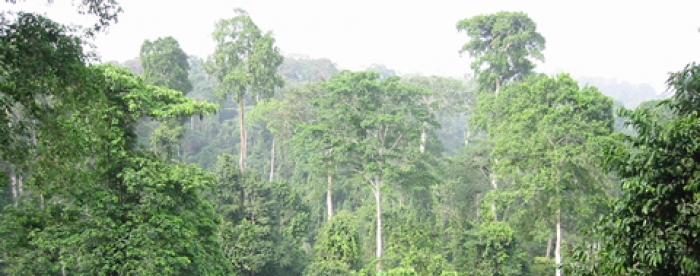While Metropolitan, Municipal and District Assemblies (MMDAs) in Ghana have been given the mandate to oversee the governance of their natural resources under the country’s decentralization policy, not much progress has been made in the promotion of the sustainable management of these resources. This is due in part to the lack of a medium and long term natural resource governance agenda that has been developed and made an integral part of the overall administration of the assemblies.
Instead, natural resources have been managed on an ad hoc basis triggered in response to a natural or man-made disaster or to an outcry by natural resource rich communities over the mismanagement of their resources. This practice definitely does not augur well for the sustainable management of natural resources and hence creates a gap in the affairs of the assemblies in as far as natural resource management is concerned. This calls for appropriate steps to be taken to fill in this gap.
In an attempt to fill in this gap, Tropenbos Ghana under the Green Livelihoods Alliance Programme (GLA) have published the manual “Integrating Natural Resources and the Environment into Local Government Medium Term Development Plans. A Manual”.
In Ghana, the GLA seeks to promote effective governance of forested landscapes in the Juaboso-Bia Forest Landscape in the Western Region and the Atewa Forest Landscape in the Eastern Region of Ghana. The development of this manual falls in line with the one of the objectives of the Green Livelihoods Alliance Programme in Ghana to mainstream natural resource governance into the Medium-Term Development Plans (MTDPs) of Metropolitan, Municipal and District Assemblies using the two landscapes as pilots.
The manual provides insights into the concepts of International Public Goods (IPGs), Ecosystem Services, Biodiversity Conservation and Climate Resilience and hence spells out avenues for the integration of these concepts into development planning at the local level. This will ensure that sustainable natural resource management becomes an integral part of the daily administration activities of local authorities at the grassroots and encourage their incorporation into the Medium-Term Development Plans of Metropolitan, Municipal and District Assemblies.
The manual puts forward reasons to justify the need to promote natural resource management of the country’s resources at the local level through the absorption of such management practices into the Medium-Term Development Plans of local authorities.
It also highlights the concept of participatory planning in sustainable natural resource management by providing guidance to achieve this purpose and encourages the full participation of stakeholders at all levels of consultation.
The manual provides templates which can be used by administrators to integrate natural resource governance into their Medium-Term Development Plans. It also showcases hypothetical examples of completed templates which can be used as a guide for administrators at the local government level to develop and complete their own templates.
